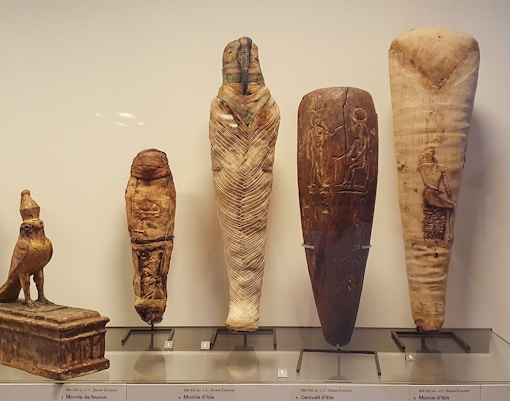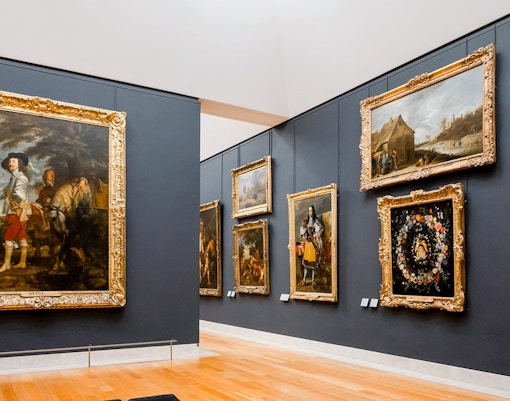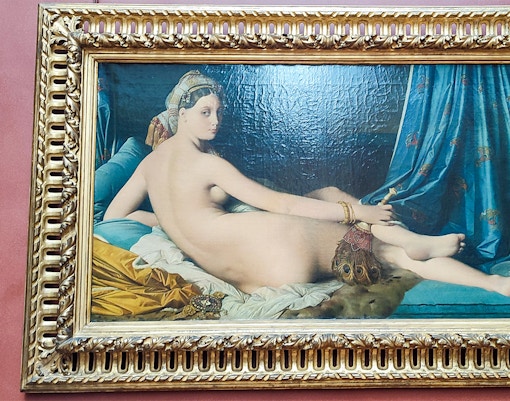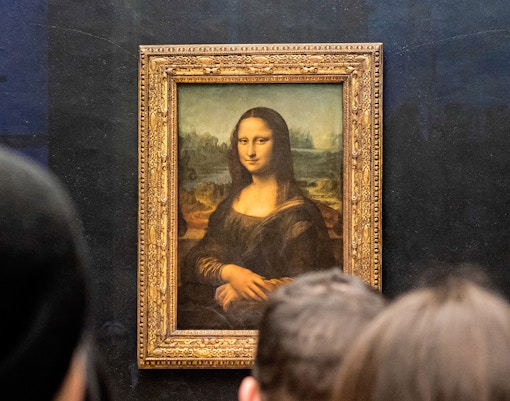While the Mona Lisa is one of the most famous paintings in the world, many visitors are surprised to find that it measures only 30 x 21 inches. Protected behind bulletproof glass, it attracts millions of admirers every year despite its modest size.
What makes the Louvre truly unique?
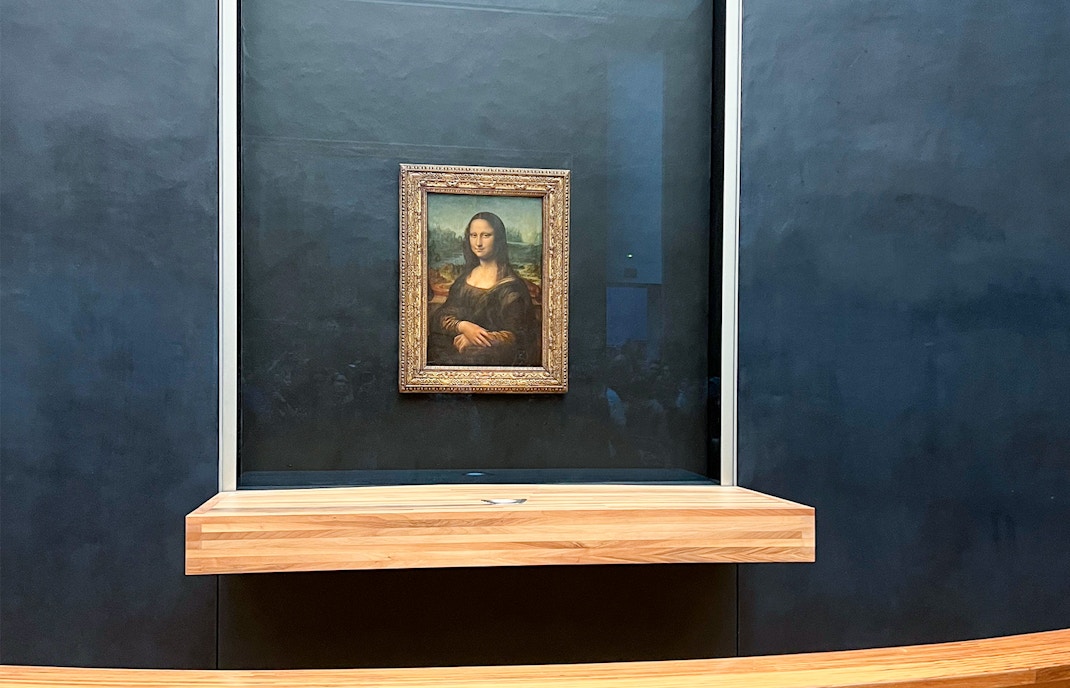
The Mona Lisa is surprisingly small
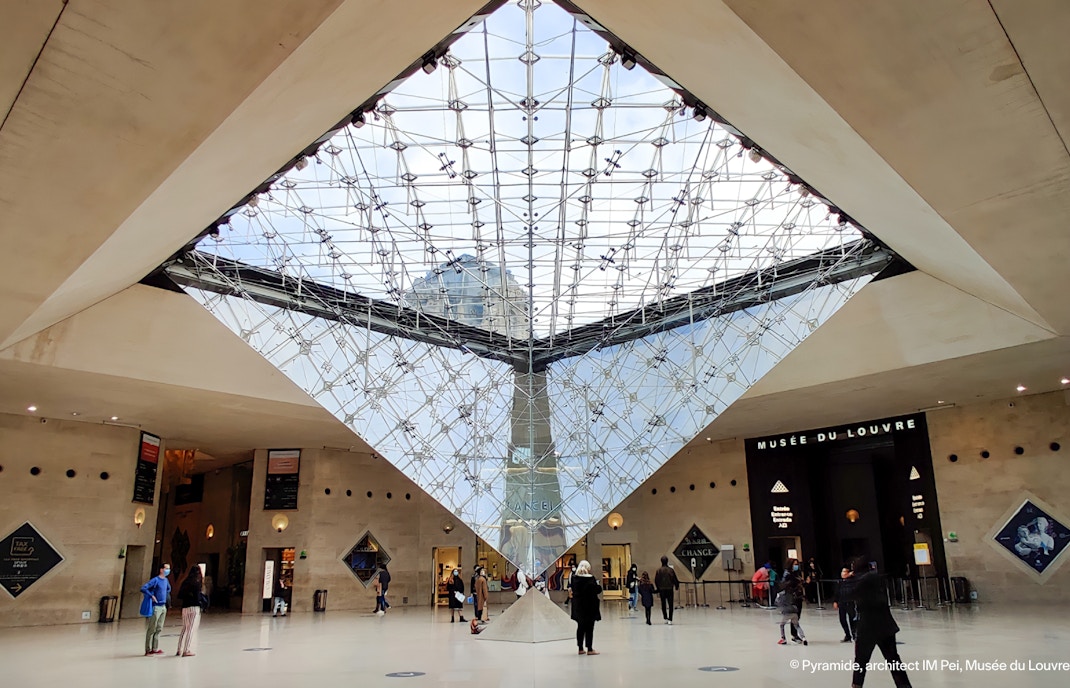
The Glass Pyramid was controversial
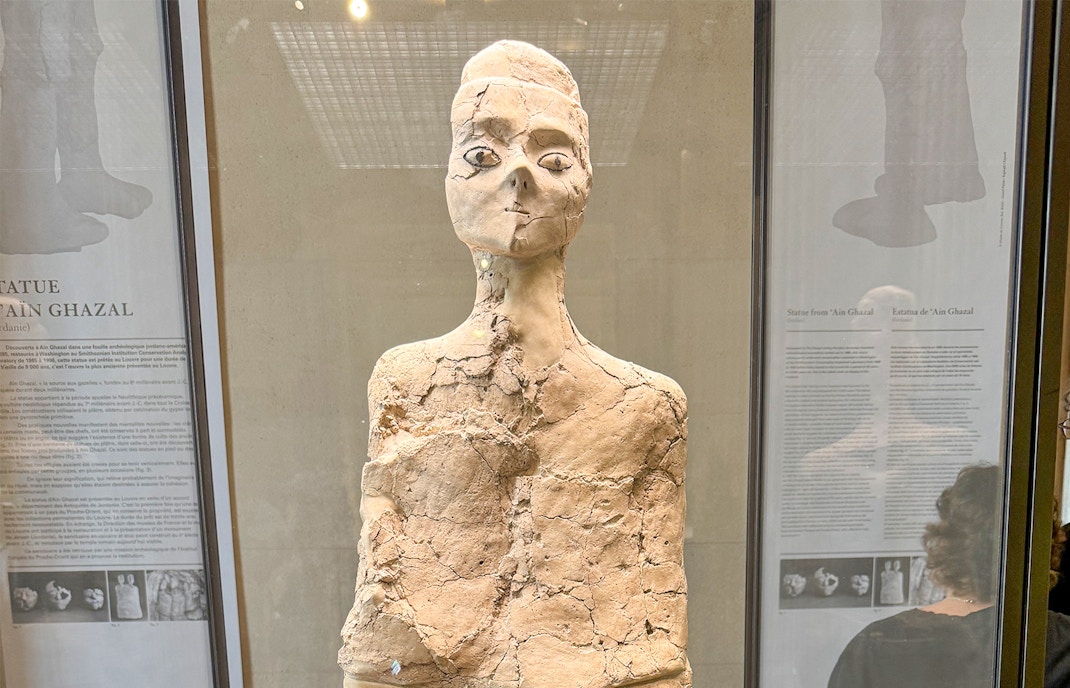
It holds the world’s oldest statue
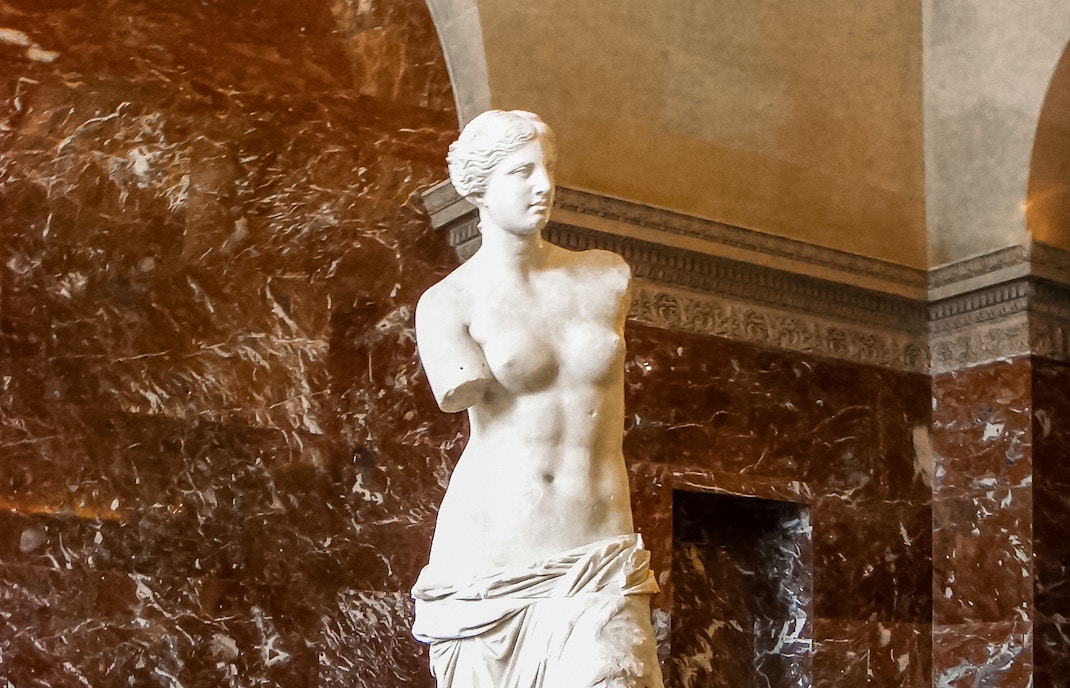
The Venus de Milo was found without arms

The Louvre hosts a secret medieval well
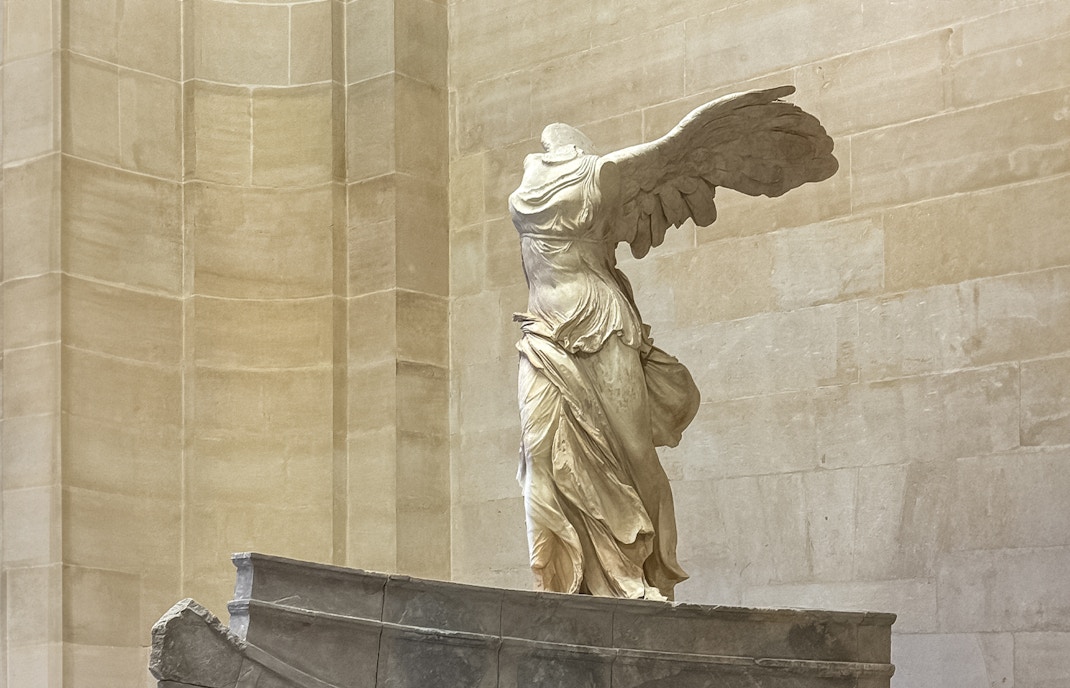
The Winged Victory of Samothrace has a hidden feature
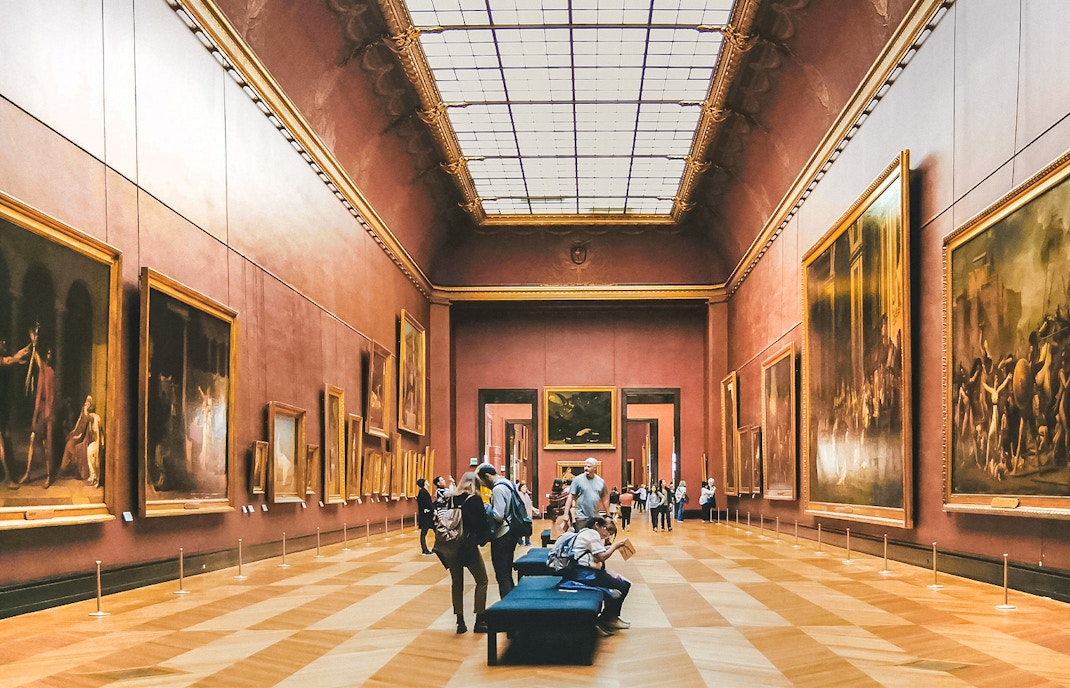
There’s a ghost called the Red Man of the Tuileries

The smallest piece of art is just over 1 inch
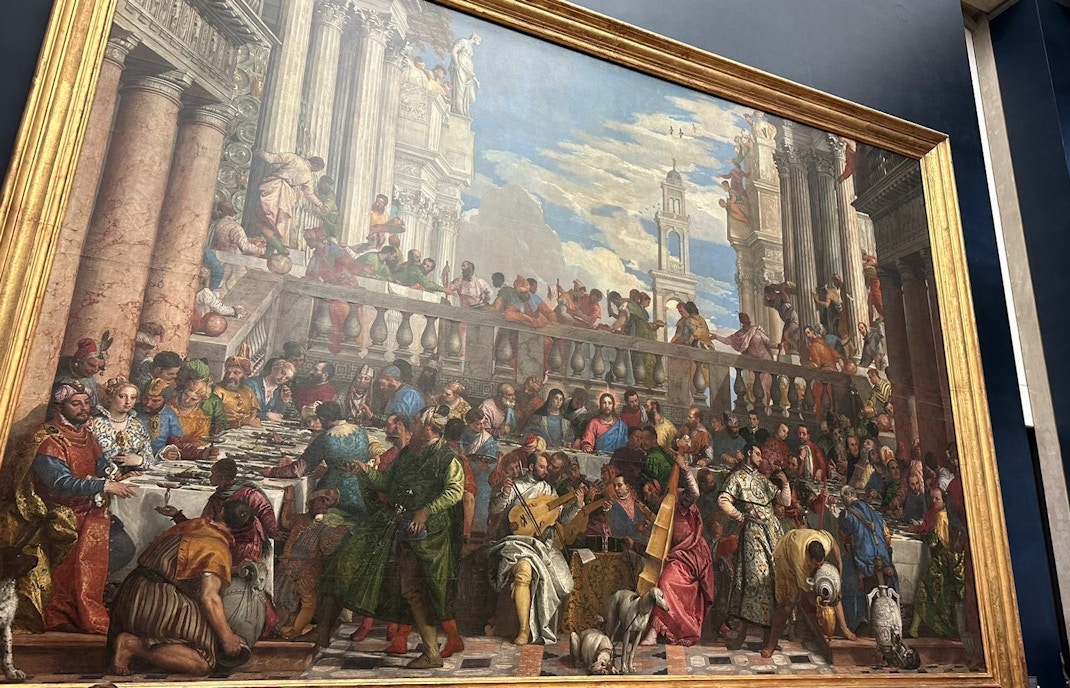
It holds a painting bigger than the Sistine Chapel ceiling

